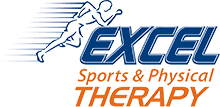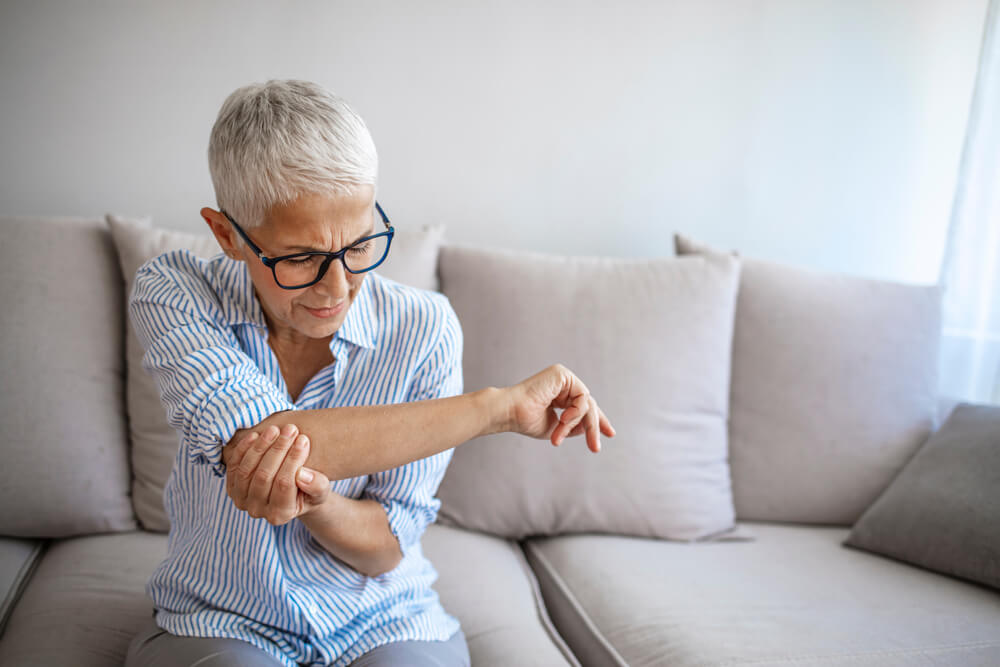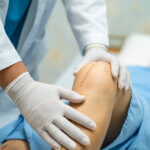If you have experienced pain and stiffness in your elbow that does not go away within a day or two, it may be possible that you have developed bone spurs. Bone spurs, also known as osteophytes, are small protrusions that extend from your bones. They most often form around the joints where two bones meet. This can cause mild to moderate discomfort, as well as reduced mobility. The knees, hands, spine and elbows are all common areas where bone spurs can occur. Bone spurs are often a symptom of osteoarthritis.
What causes bone spurs in the elbow to occur?
- Aging and osteoarthritis — Osteoarthritis is a common condition in adults over the age of 65. When our cartilage is damaged by conditions like osteoarthritis, the body attempts to repair the damage by forcing more bone tissue to grow in the affected joints. This often results in bone spurs.
- Family history — If your family has a history of developing bone spurs later in life, then the chances are good that you may develop them as well. Bone spurs can often occur due to a genetic predisposition to early degeneration in the joints and bones.
- Injury and overuse — Bone spurs can occur as a reaction to an injury. The body attempts to repair the damage caused by injury, overuse or poor arm posture by growing more bone tissue.This can result in bone spur growth in the elbow.
Can physical therapy help with bone spurs in the elbow?
While most bone spurs are not severe enough to require surgery, they can still cause pain, discomfort and reduced mobility if left untreated. Physical therapy can help make the symptoms of bone spurs in the elbow more manageable, leading to reduced pain and better quality of life.
Fortunately, Excel Sport & Physical Therapy is here to help. A free consultation with one of our licensed specialists can help us determine the best physical therapy plan for your needs. Our physical therapy specialists employ a variety of methods to manage your symptoms:
- Stretching exercises to improve mobility.
- Dry needling to reduce pain and discomfort.
- Joint mobilization to reduce pain and increase flexibility.
- Posture and biomechanics training to prevent further injury.
Contact our team today for more information on our available treatments, or to schedule an initial appointment.






